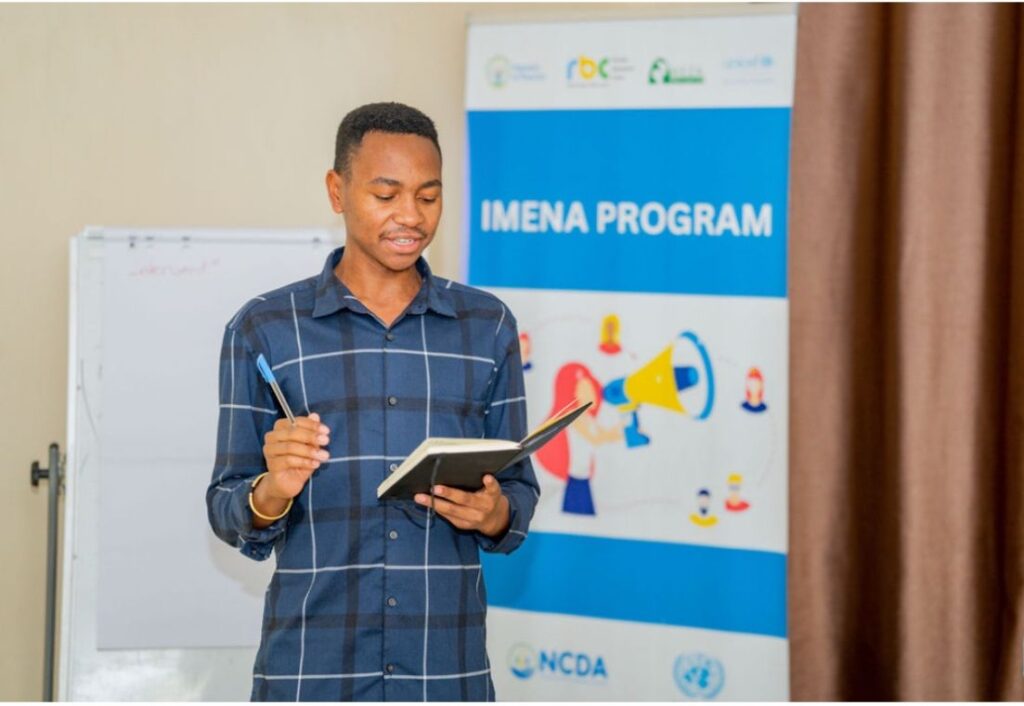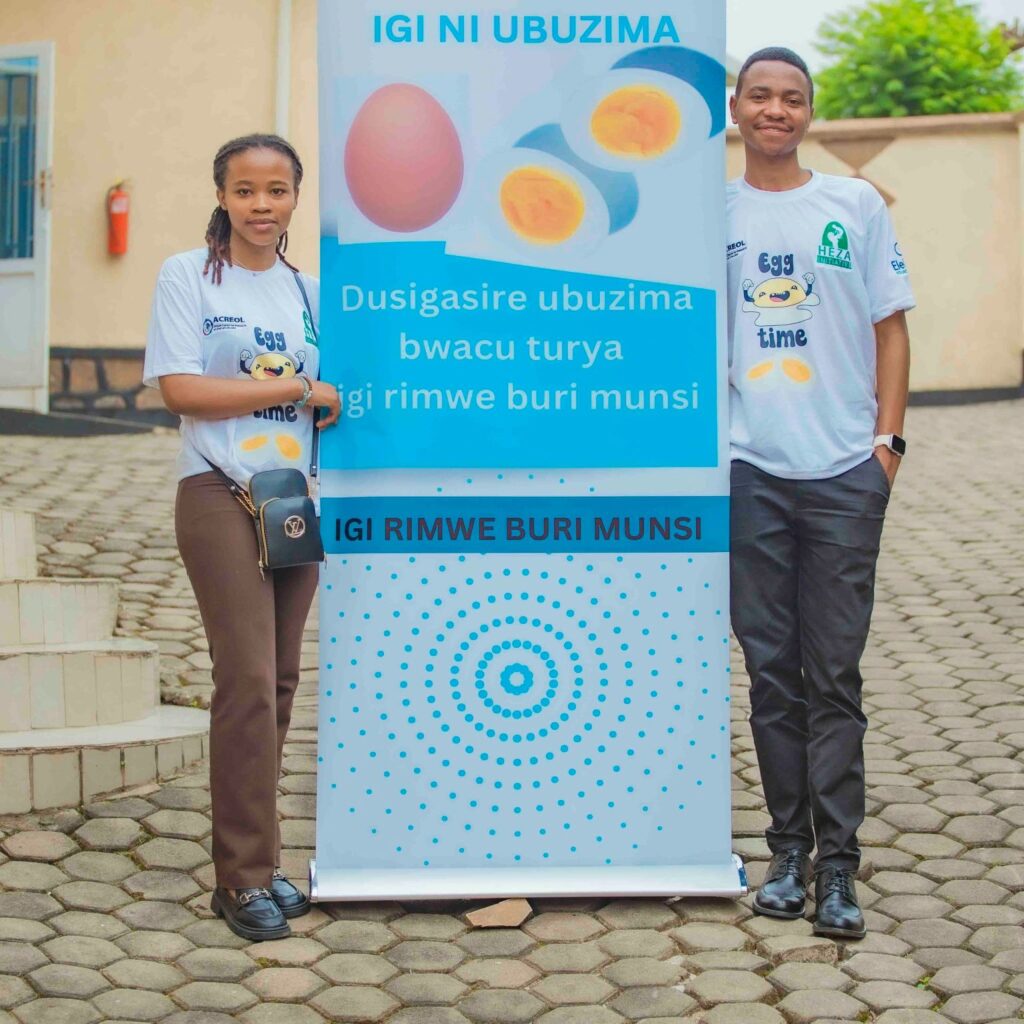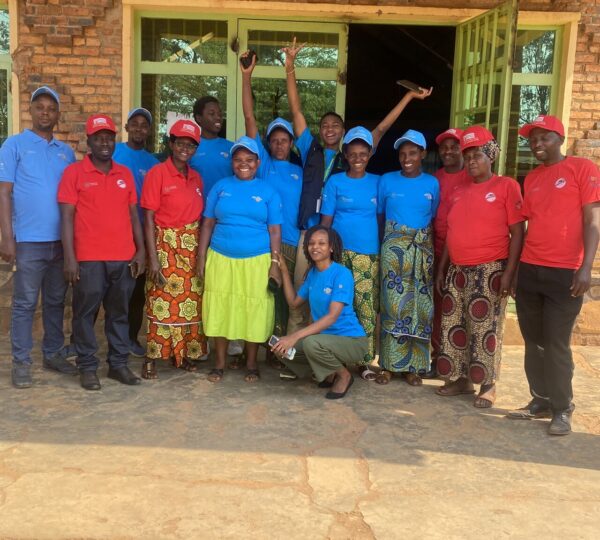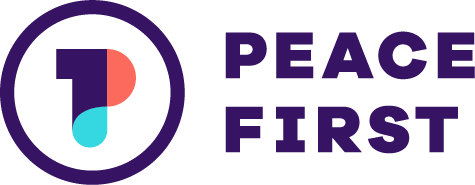One Egg at a Time: How Youth Can Change a Community
I grew up in Mukinga, a small village in northern Rwanda. Life in Mukinga was simple, but it was also shaped by beliefs that made it hard for children to thrive. Many families believed that if a child was weak, slow to learn, or sick, it was a curse or witchcraft. Stunting a condition where children do not grow properly due to poor nutrition was not recognized as a health issue. It was just considered “fate.”
I am one of five children, and I remember watching neighbors and friends struggle in ways that were not their fault. Some dropped out of school because their bodies and brains could not keep up. I often wondered why families accepted this as normal. Even at home, food was scarce and nutrition knowledge limited. Eggs, for example, were considered too valuable to give to children every day. They were sold or saved for special occasions.
These experiences stayed with me as I left Mukinga to study midwifery at the University of Rwanda. Midwifery was more than a career choice, it was a way to connect with mothers and children, to understand early life health, and to prevent the very challenges I had witnessed as a child.
During my studies, I had the opportunity to serve as President of the Rwanda Midwifery Student Association. This role allowed me to lead projects, mentor peers, and engage directly with communities. One of our biggest activities was Breastfeeding Week, where my colleagues and I visited villages to teach mothers about proper breastfeeding practices.
It was during these visits that I realized something important: even with breastfeeding education, children were still stunted. Many mothers tried their best, but they lacked knowledge about complementary feeding after six months. Others simply did not have access to nutrient-rich foods. Education alone was not enough. Families needed practical solutions to ensure children received the nutrition required for healthy growth.
This realization motivated me to think differently. I wanted to do more than teach; I wanted to create a youth-led initiative that could directly improve child health. That is how the idea of Heza Initiative was born. Unlike a traditional company, which focuses on profit, Heza Initiative was built on the idea that young people could lead change through education, action, and accessible nutrition.
Together with my friends, we explored options for a simple, cost-effective, and nutrient-rich food that could support children in their first 1,000 days, the critical window for brain and body development. We considered beans, porridge, vegetables, and fortified foods. Then we realized the answer was something already present in many households: eggs.


Eggs are small, affordable, and packed with protein, vitamins, and minerals essential for growth. They could be given to children under two years old as part of complementary feeding, helping prevent stunting and support cognitive development. We called our concept the “One Egg per child per day” campaign. However, as university students and recent graduates, we faced a major challenge: we were economically limited. We could not provide eggs or even hens for families to start feeding their children. The idea could easily remain just an idea, unless someone believed in it. That’s when UNICEF came on board. UNICEF saw our idea as innovative and challenging the status quo. They provided support, resources, and guidance to help us implement the initiative in Mukinga. With their help, we were able to purchase eggs for testing and even provide hens to families for sustainable egg production. This partnership turned our dream into reality, allowing us to demonstrate the impact of one egg a day in the community.
At first, people were Unconvinced. Families laughed and said, “How can one egg change a child’s future?” Even my own family questioned whether this initiative could work. But we did not give up. We combined education and action, teaching parents about nutrition and stunting while providing eggs directly to children under two years. Slowly, we began to see results. Children grew stronger and more active. Parents reported that their babies were healthier and more alert. Teachers noticed children paying attention in class and performing better in school. What had started as a small intervention a single egg per child per day, was transforming lives.
The impact was not only physical. It also changed community beliefs. Where people once blamed witchcraft for stunting, they began to understand the importance of nutrition. Families started keeping hens not just for meat or money, but to feed their children daily eggs. The community learned that small, practical actions can prevent stunting and improve futures.
For me, this journey has been deeply personal. Mukinga is my home, and seeing children thrive where I once watched them struggle is incredibly rewarding. The story of Heza Initiative shows that youth can drive meaningful change, combining knowledge, creativity, and action to tackle deep-rooted challenges.

It also demonstrates that solutions do not have to be complicated or expensive. Sometimes, the most powerful interventions are simple, affordable, and accessible, like a single egg. Through education, community engagement, and persistence supported by UNICEF we have turned a small idea into a movement that is reshaping the health and future of Mukinga’s children.
As Heza Initiative continues, our goal is to expand this model to other communities in Rwanda, showing that with commitment, innovation, and youth leadership, we can fight malnutrition and stunting across the country. Mukinga has become proof that small actions can lead to big change.
The journey of “one egg at a time” is a story of hope, empowerment, and transformation. It is a reminder that when youth step up, communities engage, and partners like UNICEF support innovation, even the smallest ideas can rewrite the future. And for Mukinga, the future is brighter than ever.

